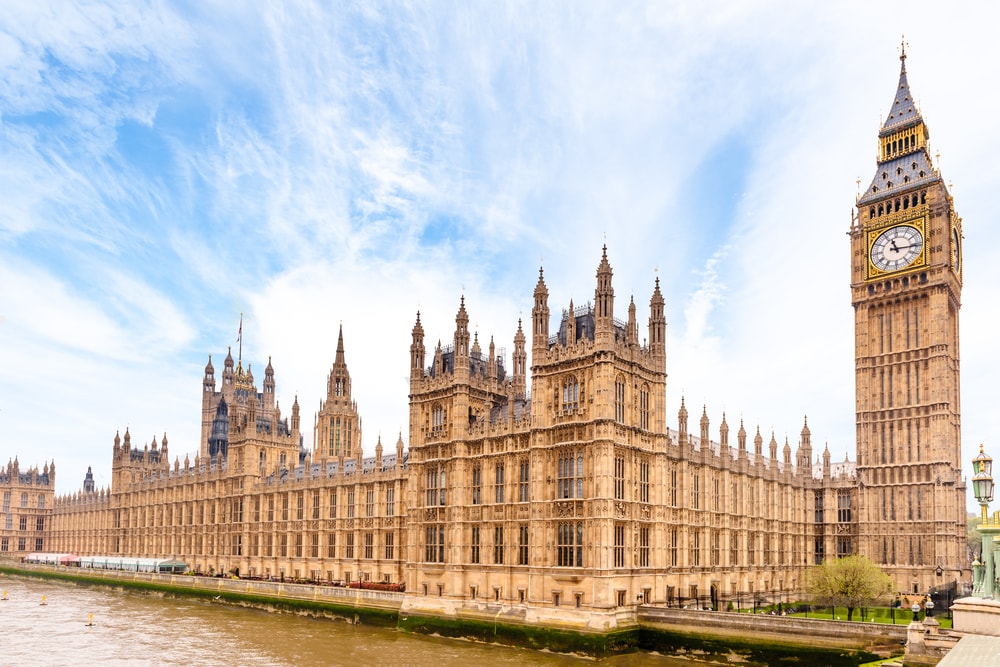Hybrid products, such as the sidecar savings model, could protect lower to moderate income savers from financial shocks, Nest has suggested.
According to a discussion paper, Liquidity and sidecar savings, published by Nest today, 18 September 2017, found that although millions of people are beginning to accumulate meaningful retirement savings as a result of auto-enrolment, many don’t have sufficient liquid savings to manage financially on a daily basis.
As a result, the report highlights that a lack of liquid savings can leave people at risk of financial shocks, which can severely impact their lives in the short and longer term into retirement.
To combat this, Nest has suggested that hybrid products, such as the sidecar savings model could minimise risk and enable people to save for retirement as well as rainy day expenses.
Nest Insight executive director Will Sandbrook explained that with such a large number of people saving into a workplace pension, the defined contribution system should be altered to allow some level of early access to funds. This will enable savers to “avoid damaging financial shocks,” he added.
Nonetheless, Sandbrook stated: simplistic early access models have a number of design issues and create the risk that an excessive amount of money could be withdrawn from pension pots pre-retirement.
“An alternative option could be to create a hybrid solution, like the sidecar model, which feels like a single product to the consumer yet has separate savings jars below the surface. This method would allow the pension pot to remain locked up, and invested for the long term, while giving savers access to an amount of liquid savings via a sidecar account.”
Money Advice Service head of insight and evaluation Nick Watkins, said: “Our research consistently highlights problems that can be caused by the lack of a savings buffer. We know that unexpected bills can and do happen, and that all too often people have to resort to using high-cost credit or borrowing from friends and family. One of the Financial Capability Strategy priorities is to explore ways in which we can help people to put money aside, especially working families on modest incomes. The idea of a default programme that makes it easy to automate savings is very appealing and we look forward to exploring how this could work for UK consumers.”
While a hybrid solution like the sidecar model has the potential to improve the finances of many savers, there are still concerns as to how this would work in practice, Sandbrook added. As a result Nest Insight is working with Harvard Kennedy School professor Brigitte Madrian and the Money Advice Service on an academic research trial.
Earlier this year, The Aspen Institute proposed the sidecar savings model whereby funds are accrued through a similar format to workplace pensions to assist employees with saving for the long and short term.
Aspen Institute project director Jeremy Smith said that the sidecar proposal aims to incorporate actual behaviour into the design of products, looking at how people actually manage their money. This would “meet a multiplicity of needs and encourage saving for the long and short term,” Smith added.
Latest News
-
Reforms needed to make DC decumulation easier to navigate, govt told
-
Improved DB funding levels see trustees prioritise managing illiquid assets
-
Govt announces delay in NHS pension remedial service statements
-
AI ‘transforming’ pensions admin; use by members remains limited
-
UK BPA market ‘surged’ in 2024 following record number of transactions
-
Research reveals lack of retirement preparedness as life expectancy increases
Being retirement ready
Gavin Lewis, Head of UK and Ireland Institutional at BlackRock, talks to Francesca Fabrizi about the BlackRock 2024 UK Read on Retirement report, 'Ready or not. How are we feeling about retirement?’
Time for CDI
Laura Blows speaks to AXA Investment Managers (AXA IM) senior portfolio manager for fixed income, Rob Price, about cashflow-driven investing (CDI) in Pensions Age’s latest video interview
The role of CDC

In the latest Pensions Age podcast, Laura Blows speaks to TPT Retirement Solutions Chief Client Strategy Officer, Andy O’Regan, about the role of collective DC (CDC) within the UK pensions space
Keeping on track

In the latest Pensions Age podcast, Sophie Smith talks to Pensions Dashboards Programme (PDP) principal, Chris Curry, about the latest pensions dashboards developments, and the work still needed to stay on track
© 2019 Perspective Publishing Privacy & Cookies















Recent Stories